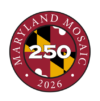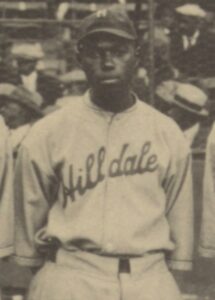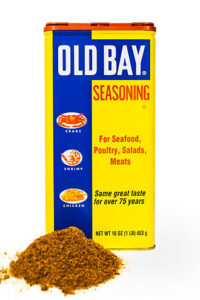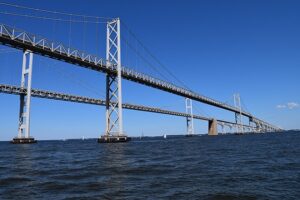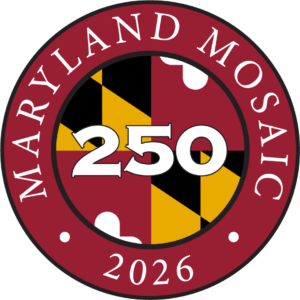The Maryland Lynching Truth and Reconciliation Commission is established in 2019 by the General Assembly to research and address a legacy of unsolved lynchings that occurred in Maryland. It is the first and only such state commission in the country. It works to give a public face to those who were lynched here.
The youngest person lynched in Maryland is an African American teenager murdered in Towson in 1885. Fifteen year old Howard Cooper is lynched after being accused and convicted by an all-white jury of assaulting and raping a white woman. A mob attacks the Towson jail as African American advocates attempt to get the U.S, Supreme Court to rule that Cooper’s civil rights are being violated.
Howard Cooper is among the very youngest African Americans murdered during the era of nationwide lynchings. In total 6,500 victims were lynched, 29 in Maryland. A Baltimore County committee has erected a sign about Howard Cooper at the old and renovated Towson Jail as part of the statewide Maryland Lynching Memorial Project.
Maryland also establishes a Commission on African American History and Culture in 1969, the first ethnic state commission in the U.S.
